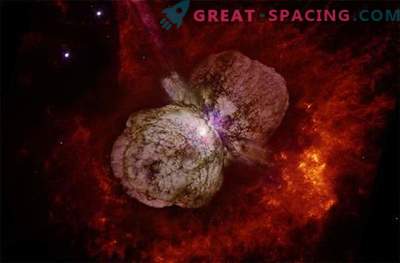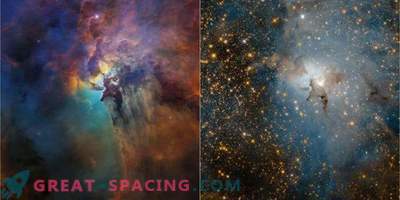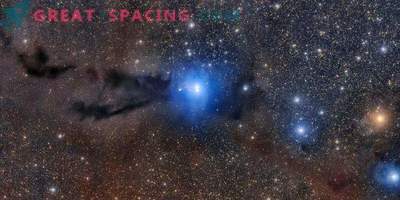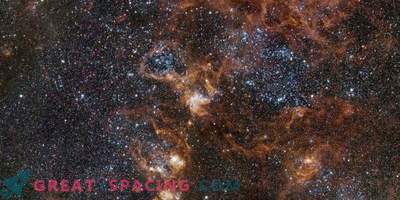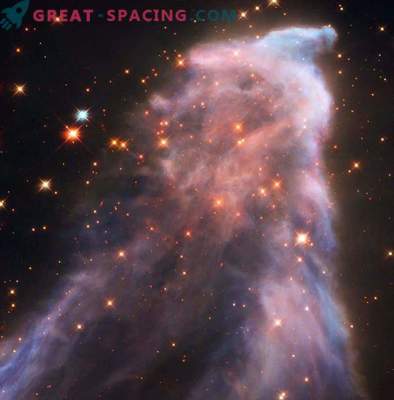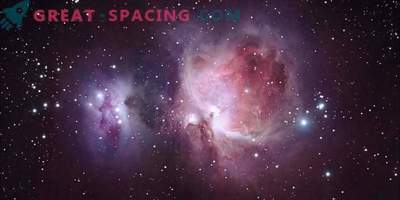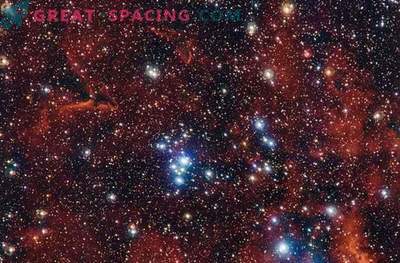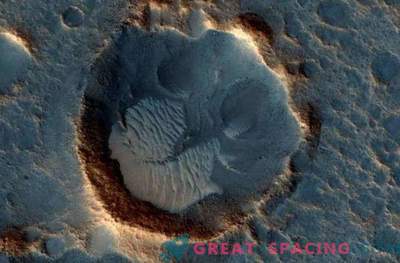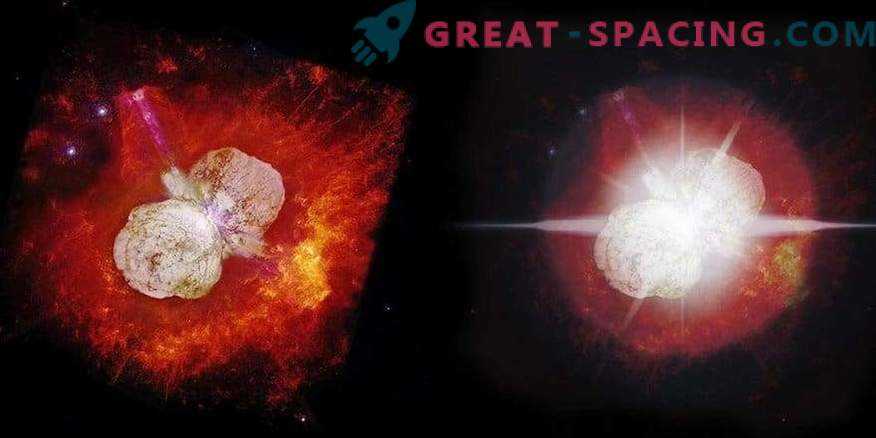
Left: A view of Eta Carinae from the Hubble Space Telescope in 2000. Right: how a star can look like in 2032, when it dims its own nebula
For more than 150 years, this Carina is considered one of the brightest and most mysterious stars of the southern Milky Way. Part of her nature was discovered in 1847, when, during a giant eruption, she threw out the Gomunkul nebula. Because of this, it became the second brightest star in the sky after Sirius. You could even watch her during the day!
In addition, Eta Carinae is one of the most beautiful and frequently photographed objects in the night sky. And the nebula contains all the information about the parent star: from the energy of expansion to the bipolar outflow and chemical composition. But 10 years will pass, and we will no longer be able to clearly consider the nebula.
A recent study shows that the homunculus will disappear under the increasing brightness of Eta Carina. Moreover, the brightness level increases so rapidly that in 2036 the star will be 10 times brighter than its own nebula. Good News
There is a reverse side of the coin. 17 scientists believe that the increase in brightness This Kiel is not inherent in the star itself, as is commonly believed. Most likely, the process is caused by the dispersion of a dust cloud located between the star and the terrestrial observer.
It turns out that the cloud must completely envelop the star with its winds, destroying most of the light coming to us. But the homunculus nebula is observed directly, because it is 200 times larger than the shaded cloud, which means the brightness does not change.
It is expected that in 2032 (+/- 4 years) the dust cloud will dissipate, so the brightness of the central star will no longer increase, and the Gomunkul Nebula will disappear behind the glow. This will allow us to study the star Eta Carina better and, perhaps, show that we have two stars.

